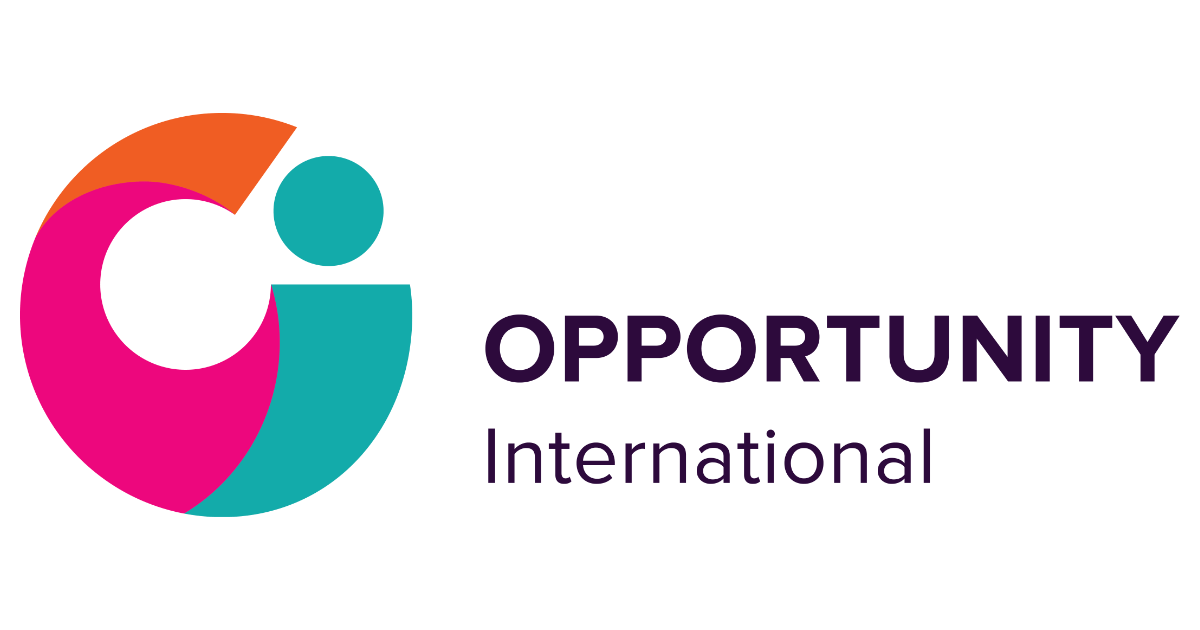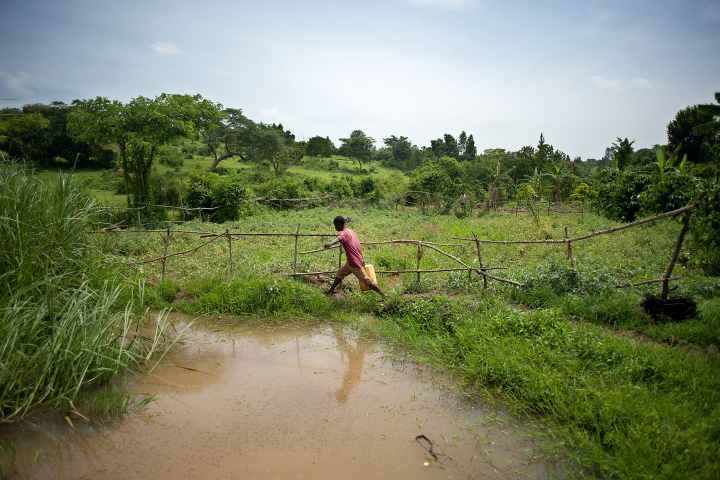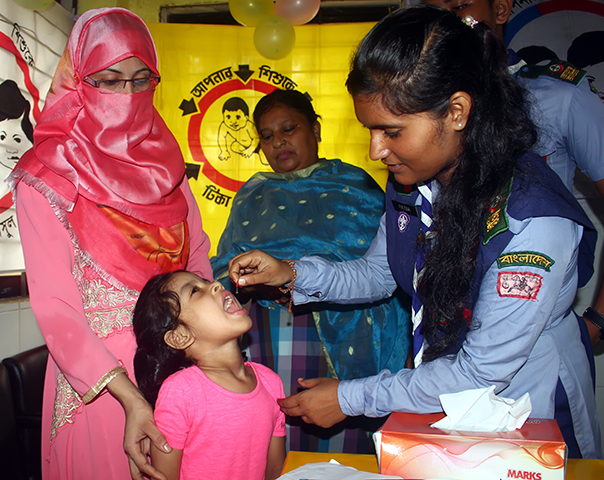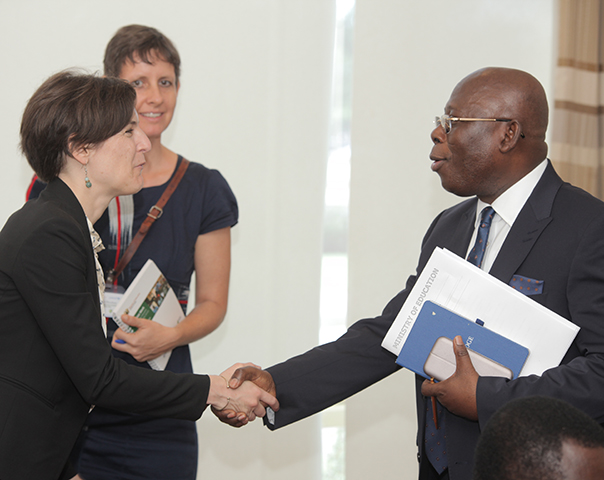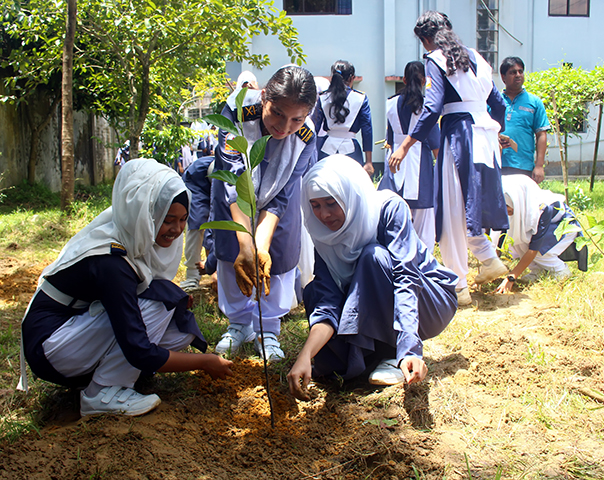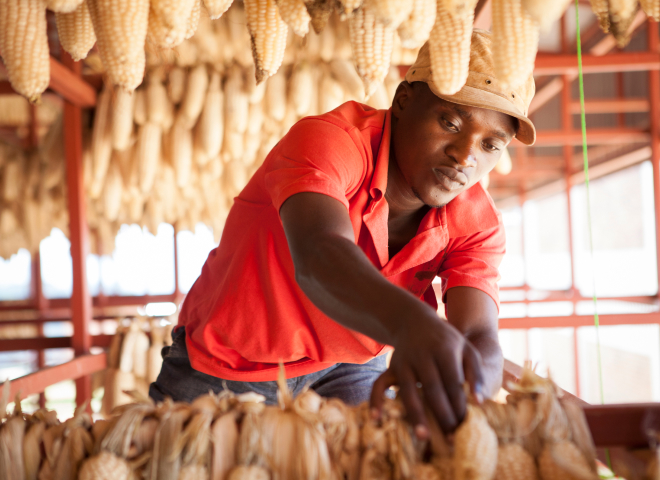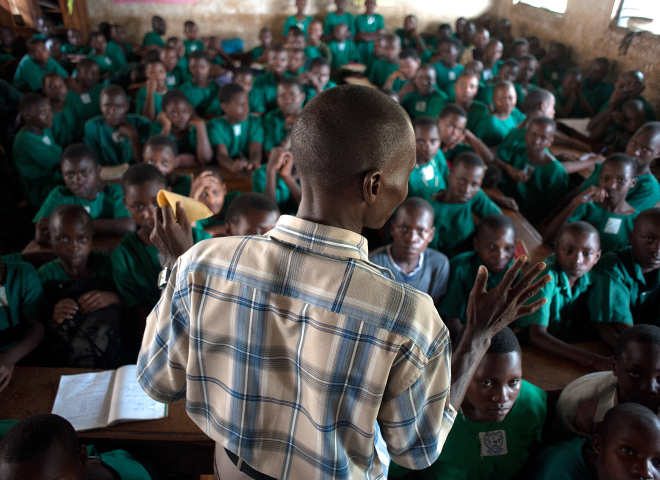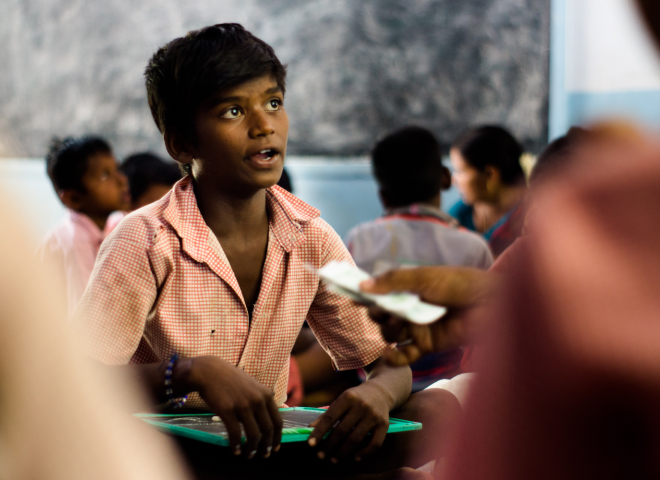Evaluating the Impact of Group Microloans for Women in Paraguay
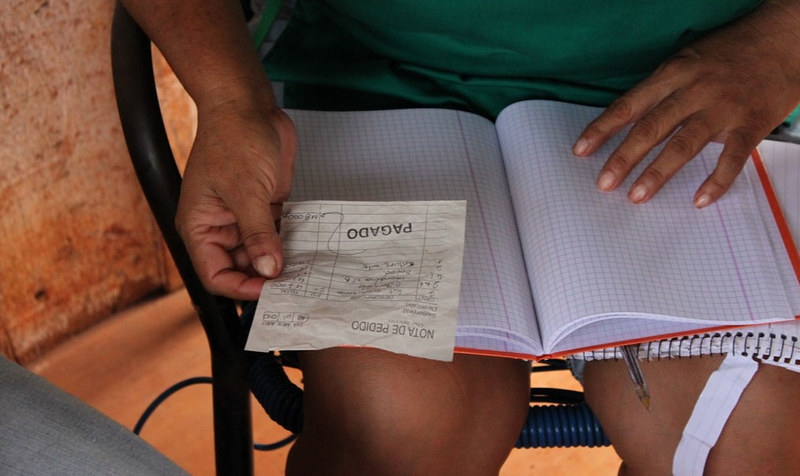
Researchers partnered with IPA and Fundación Paraguaya to conduct a randomized evaluation in Paraguay to measure the financial, social, and livelihood impacts of group-based microloans for women.
Credit enables borrowers to make investments that can boost business outcomes such as revenue, profits, and productivity. However, existing evidence suggests that group credit may be more transformative than individual credit because it disperses higher amounts of money. This is important for underserved populations in low- and middle-income countries such as women, who typically face financial barriers compared to men. In Paraguay, women’s monthly earnings are 71 percent of men’s monthly earnings, with great disparities in the informal sector in rural areas. In addition, women are less likely to have an account with a financial institution and to borrow from one. Can group loans bridge this gap and enable women to improve their livelihoods?
In collaboration with IPA and the social enterprise Fundación Paraguaya, researchers conducted a randomized evaluation to measure the impact of group microloans for women. They measured indicators including access to formal credit, household income, consumption, asset ownership, savings, investment in farm and business inputs, financial literacy, social capital, resilience to shocks, subjective well-being, and empowerment. The intervention includes 2,035 women in rural areas of 8 departments who were eligible for group loans. The women were randomly assigned roughly evenly to either receive the group loans or serve as a comparison group.
Results forthcoming.
Sources
1. Attanasio, Orazio, Britta Augsburg, Ralph De Haas, Emla Fitzsimons, and Heike Harmgart. Group lending or individual lending? Evidence from a randomised field experiment in Mongolia. No. SP II 2014-303. WZB Discussion Paper, 2014.
2. UN Women, “Paraguay,” UN Women, Accessed December 13, 2024, https://lac.unwomen.org/en/donde-estamos/paraguay
3. Urquidi, Manuel, Miguel Chalup, and Guillaume Durand. "Changes in Paraguay's Gender Earning Gap: An analysis from 2002 to 2019." (2022).
4. World Bank Press Release, “MIGA Enhances Financing Opportunities for Small Businesses, Housing Sector, and Women in Paraguay,” World Bank Group, August 22, 2022, https://www.miga.org/press-release/miga-enhances-financing-opportunities-small-businesses-housing-sector-and-women
Implementing Partner
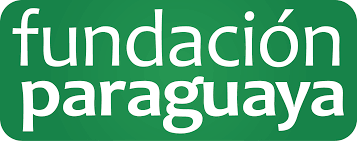
Funding Partner
